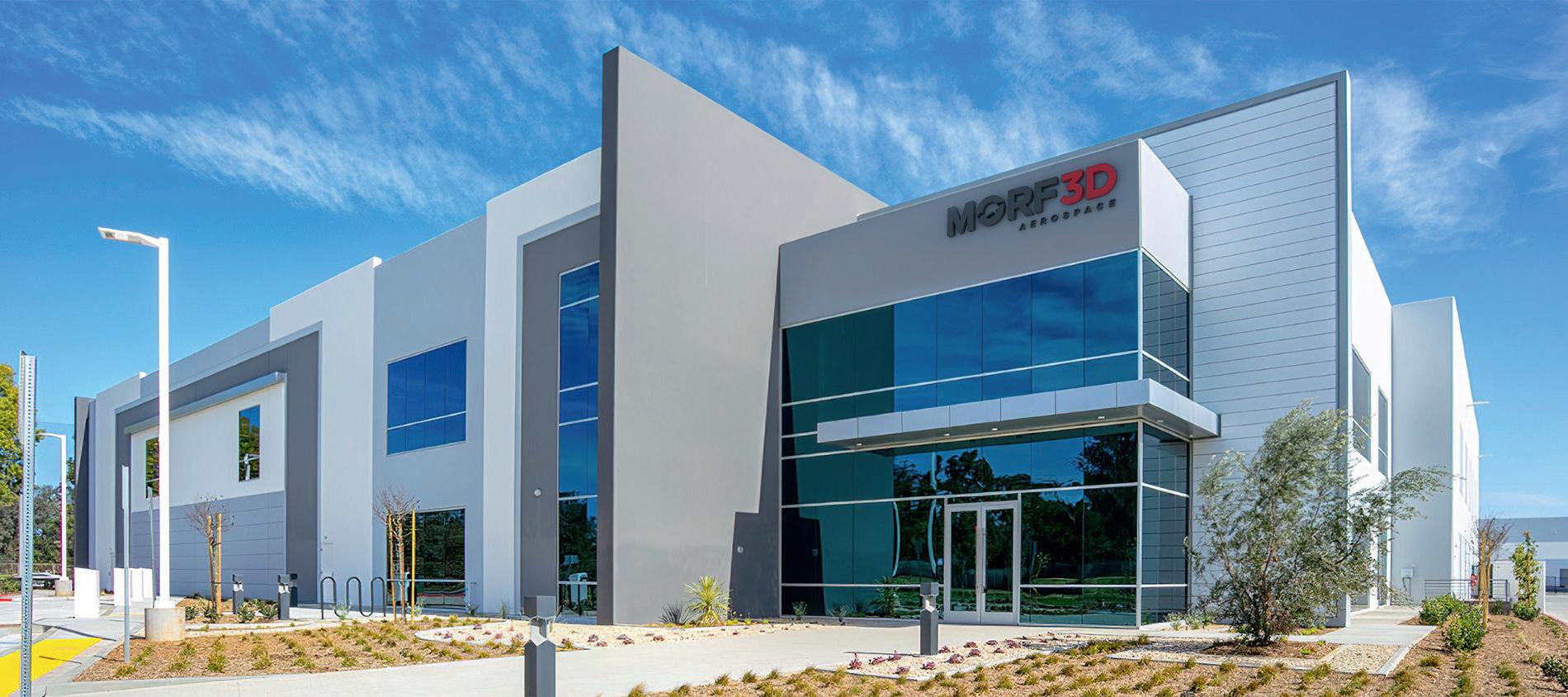2 minute read
FROM MATERIALS TO LIVING ORGANS
Next Article
WORDS: Dr Jia Min LEE, Dr Wai Yee YEONG
FROM MATERIALS TO LIVING ORGANS:
THE FUTURE OF BIOPRINTING
3D bioprinting is a computerassisted technology to support engineering of biological parts through layer-by-layer precise positioning of biological materials, living cells, enabled by precise placement of these functional components by design. Several technology demonstrators have been reported including 3D bioprinting of pigmented skin, retina, cardiac and lung tissue models.
Functional components in 3D bioprinting mainly refer to the bioink used in bioprinting, which is a formulation made up of cells with or without cellencapsulating biomaterials such as hydrogel. Just like 3D printing, 3D bioprinting can deposit materials in a mechanized, organized, and optimized manner. With an added element of biological cells during the printing process, 3D bioprinting poses another level of challenges and considerations in developing design principles and strategies for functional 3D bioprinting. It is important to device a holistic fabrication strategy to ensure that cells survive the bioprinting process while maintaining its functionality post-printing for long-term culture. The cell-material remodelling interaction that occurs during the tissue maturation process after printing adds an extra dimension to the fabrication paradigm. As such, this computer-aided tissue engineering involves interplay of various technologies and disciplines such as developmental biology, stem cell, computing sciences, and material sciences.
The current bioprinting technologies, namely material extrusion, material jetting, vat polymerization, free-form spatial printing, can deposit materials with micron level precision. The digital organ blueprint in bioprinting recapitulates the hierarchical microenvironment of native tissue in the engineered bioartifi cial tissue. Functionally gradient composition with heterogeneous extracellular matrix material density can be recreated through orchestrating the material deposition process at diff erent length scales or by combining additional biomolecules. In addition, the bioprinting process can be utilized innovatively to generate functional design of tissues. By applying extrusionbased bioprinting, we have shown that shear stress can be captured in a creative manner to achieve macroscopic cellular alignment in the tissues printed. Large format cell alignment is critical for cardiac and musculoskeletal applications. We also investigate the use of nanodroplets for depositing cells using specialized inkjet printer such as HP D300e digital dispenser.
There remains innovation gap in new material development for bioprinting and developing unique printing strategies that would support and enhance the fi delity of the organ constructs. Another focus area with high potential the introduction of hybrid functional components in bioprinting such as electronics and sensors into the tissues. One such possibility is to utilize electrically conductive hydrogel that interface with cells in the bioprinted construct in providing biochemical and biophysical stimulation cues. Regulating cell behavior through synergistic stimulation would enhance the functionality of engineered tissues which hold promise in next generation of smart bionic tissue models for applications such as biological studies, drug screening application and even implants.
In summary, achieving precise control of shape and resolution in 3D bioprinting requires systems engineering and design thinking that span across multiple disciplines. Incorporating new digital technology and advanced sensors to bioprinting will be a critical future trend for development of biomimetic organs. Aligning 3D bioprinting with the inevitability of industry 4.0 will drive innovations for the future of healthcare creating new therapies from medical device to engineered tissue and organs.
SHOWN:
DR WAI YEE YEONG
SHOWN:
DR JIA MIN LEE











